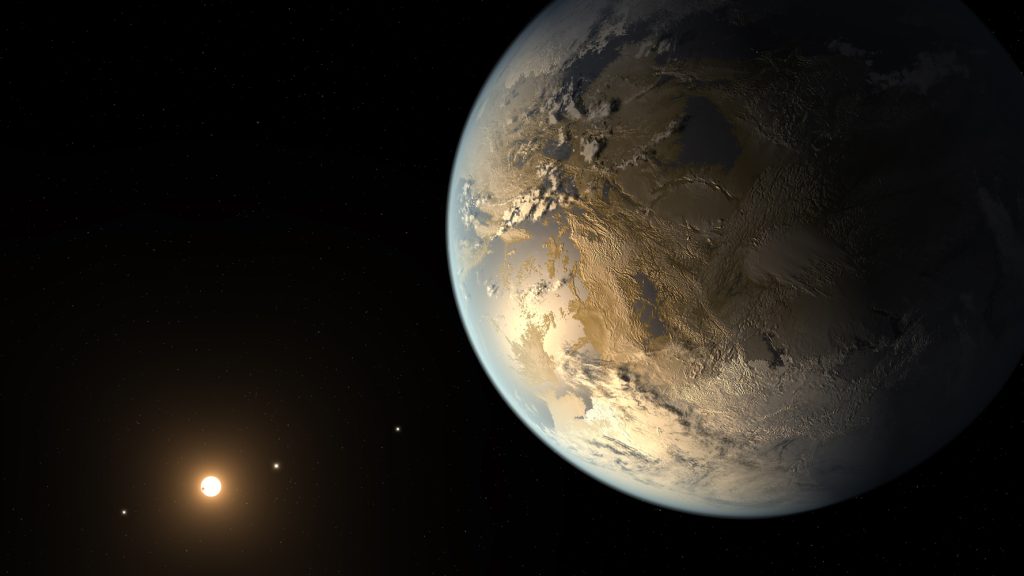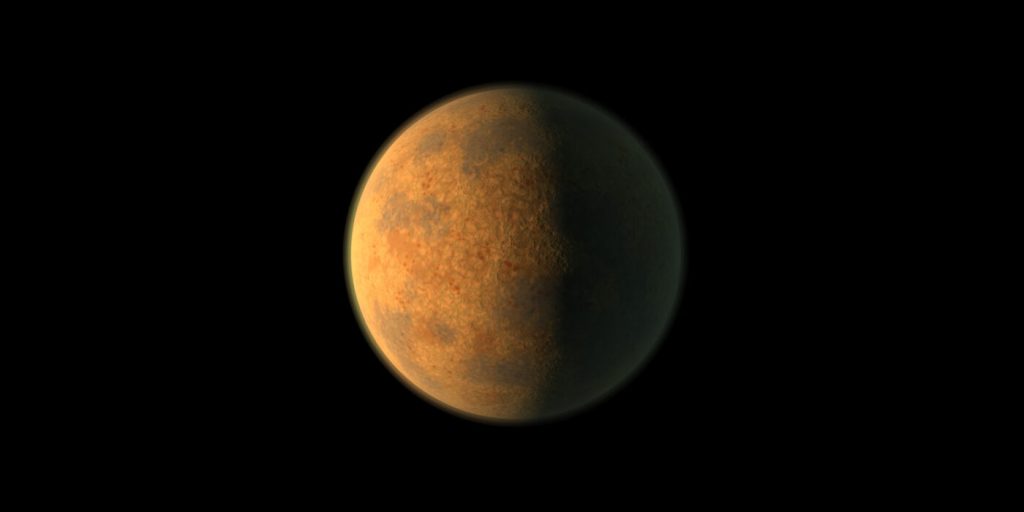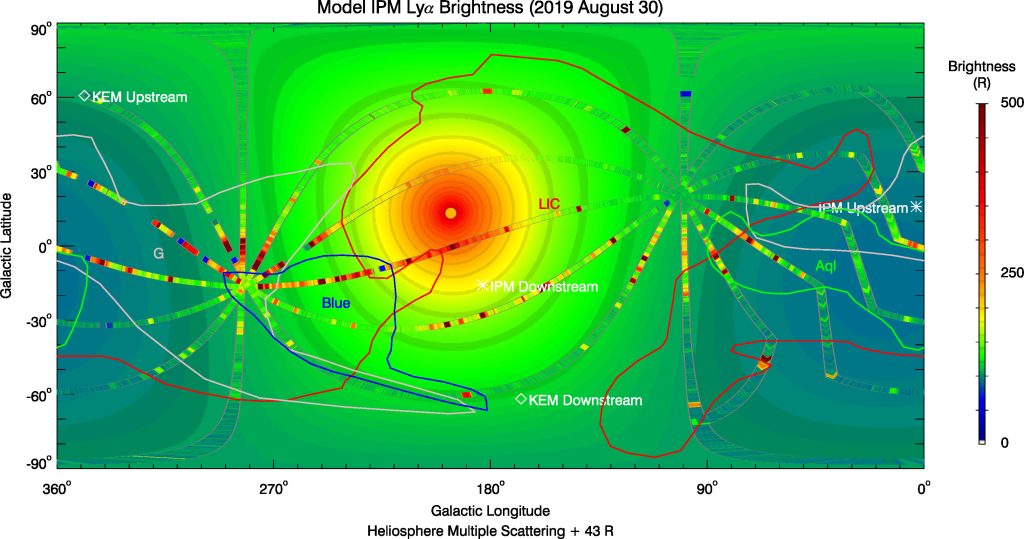Le cinture di ghiaccio all’equatore sono più comuni delle calotte di ghiaccio ai poli
Ci piace andare a sud, verso l'equatore, per sfuggire al freddo. Ai due poli della terra c'è gelo e ghiaccio permanente. Per quanto riguarda l'intero universo, questa non è affatto la regola, come hanno scoperto gli astronomi in un lavoro scientifico. Per farlo, un team dell'Università di Washington e dell'Università di Berna ha simulato computazionalmente più di 200.000 mondi ipotetici simili alla Terra - pianeti che hanno le stesse dimensioni, massa, composizione atmosferica e geografia della Terra moderna - tutti in orbita attorno a stelle simili al nostro Sole, una stella di tipo G. Così hanno voluto scoprire quali…








